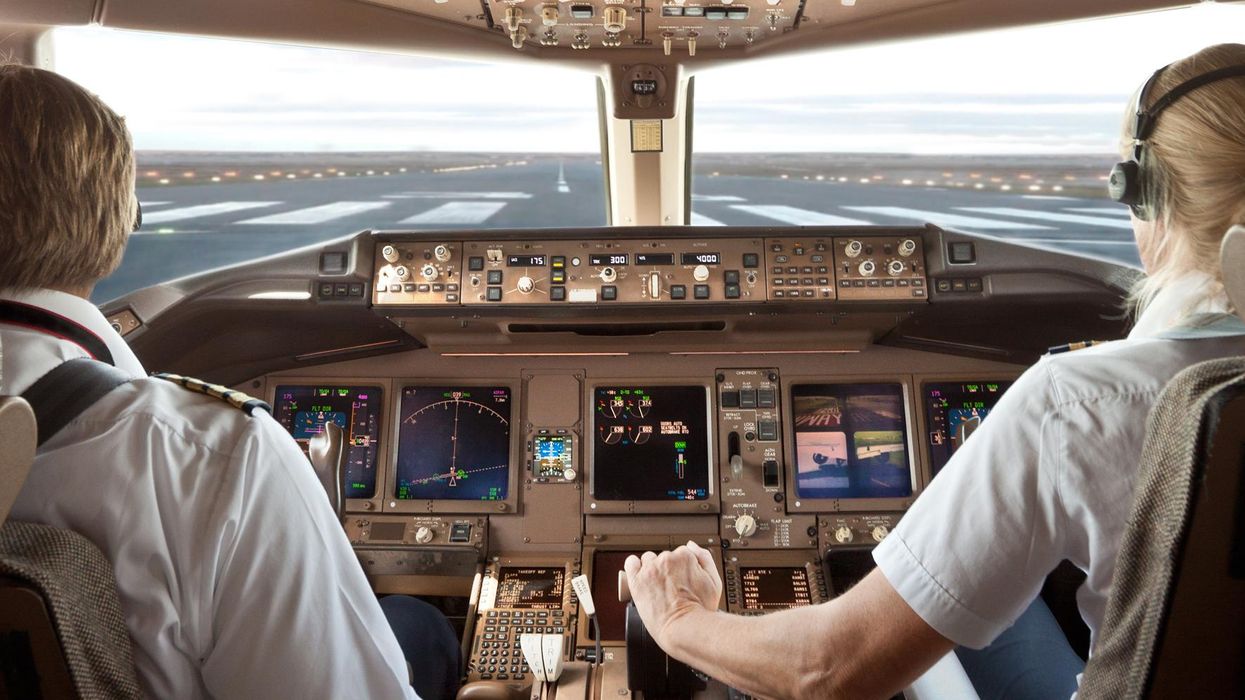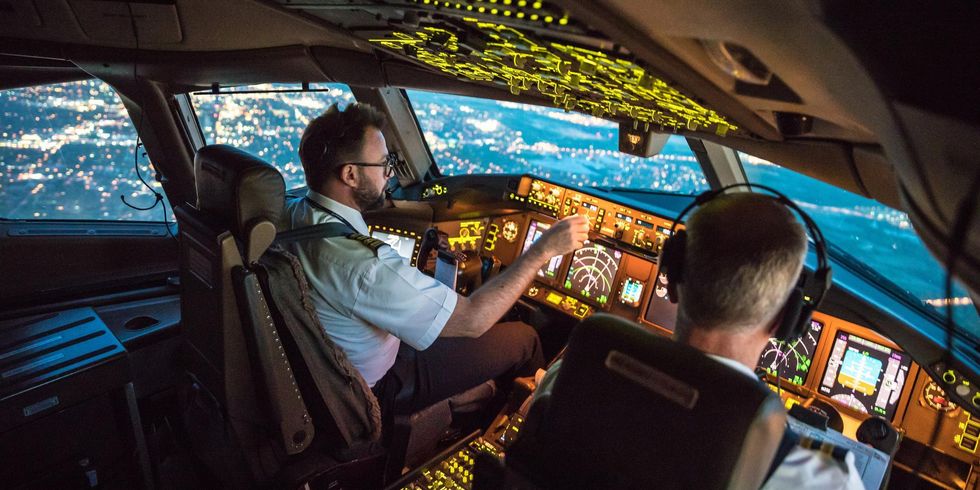News
Tom Farrier
Sep 19, 2017

Picture:
iStock / Maravic
As technology advances to new and dizzying heights, the question of automation in our transportation keeps getting raised. Google are trying to develop a safe, cheap automated car, whenever there's a train strike we often wonder why they can't all be driven by AI, and with the majority of systems on a plane being handled by auto pilot - why can't the entire flight be taken care of by a machine? Sharing his thoughts on flight automation and the most important functions in the cockpit is retired US Air Force command pilot Tom Farrier, this is what he had to say.
The pilot is the most error-prone component of any aircraft. Over time, most of the advances in on-board automation have been directed toward better information management and workload reduction. So, it may (at first blush) seem like the natural order of things would suggest that the pilots should be engineered out of the picture altogether.
However, the pilot is also the most flexible component as well. Enormous efforts have been made to make the aviation system as a whole as orderly as possible. However, there are endless sources of variability — chaos, if you’d like — that creep into the picture from the moment an aircraft starts taxiing until it’s safely parked and shut down. Some of that comes from those pesky humans, including some who may not be involved in the operation of an aircraft themselves. (As an example, airports and air traffic controllers in the U.S. have to react to, report and investigate dozens, if not hundreds of “vehicle and pedestrian deviations” every year… trucks, people and Sunday drivers getting in the way of aircraft operations in the nominally inviolate “movement area.”)
Weather has a bad habit of not cooperating as well. Thunderstorms happen, winds change, fog rolls in, ice lurks where it should be expected but sometimes isn’t. Appropriately responding to each condition that makes a given operational situation different is what pilots earn more and more of their pay doing.

Individually, pretty much every variable I’ve addressed above can be handled by a well-enough designed aircraft on a case by case basis. For example, the Northrop Grumman RQ-4 Global Hawk unmanned aircraft system is genius engineering. Given a decent chance, the airplane can get itself out of almost any tough spot, including an engine failure. However, it does not play well with others — it will do exactly what it needs to do to get itself safely on the ground without regard for anything else around it, or for that matter anybody who might be on the runway it’s decided it needs to use.
Personally, as a pilot, I think the concept of true pilotless aviation is at least a couple of decades away. Eventually, the aircraft will know enough about their own condition and their surroundings to be able to adjust to changing conditions in real time with minimum impact on those around them. One aircraft making a change will be instantly recognized and compensated for by any others that might be affected. However, it’s an enormously complex problem.
Finally, never forget that human lives will depend on things being done exactly right, every flight. At the end of the day, in the current state of the industry, each aircraft has at least one carbon-based organism who’s both in charge of the operation and interested in staying alive. When the passengers truly become “self-loading cargo” and there’s nobody in the front office, I’m not entirely confident that all of the decisions made by automation will be in my interests.
This article originally appeared on Quora
More: This is what happens when airline pilots secretly race each other
Top 100
The Conversation (0)













